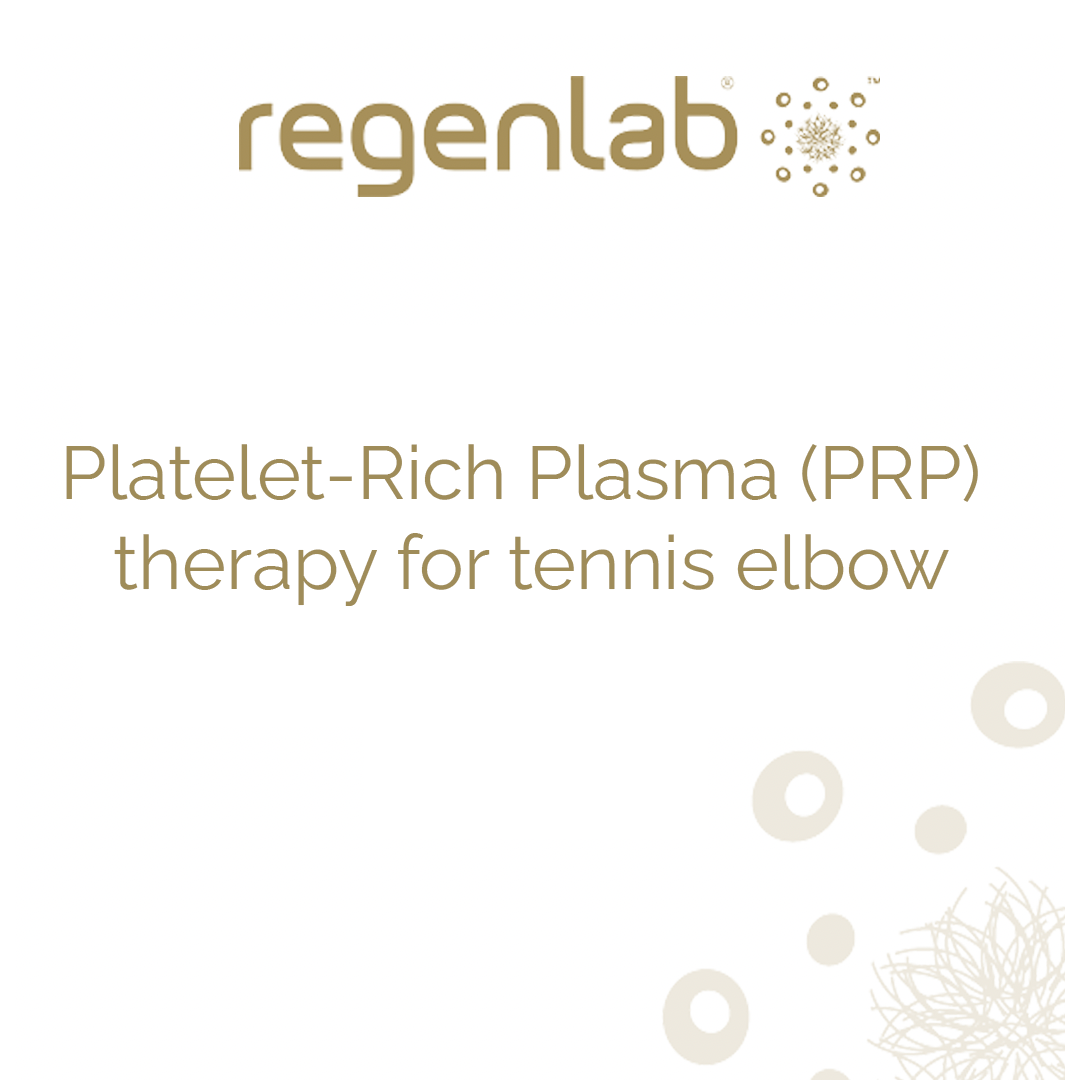Platelet-Rich Plasma (PRP) therapy has emerged as a promising treatment for tennis elbow, a condition medically known as lateral epicondylitis. Tennis elbow is characterised by pain and tenderness on the outside of the elbow, often caused by repetitive stress or overuse, common among athletes and those engaged in activities requiring repetitive arm movements. Traditional treatments range from rest, ice, and physiotherapy to anti-inflammatory medications and corticosteroid injections. However, PRP therapy offers an alternative approach that utilises the body’s own healing mechanisms.
PRP therapy involves drawing a small amount of the patient’s blood, which is then processed to concentrate the platelets. Platelets, a component of blood, are rich in growth factors that play a crucial role in tissue repair and regeneration. Once the PRP solution is prepared, it is injected directly into the affected tendon area of the elbow. This concentrated dose of growth factors stimulates the body’s natural healing response, accelerating tissue repair and reducing inflammation.
Clinical studies exploring the efficacy of PRP for tennis elbow have shown promising results, with many patients reporting significant pain relief and improved function. Unlike corticosteroid injections, which can provide temporary relief but may weaken the tendon over time, PRP aims to address the root cause of the injury, promoting long-term healing. One of the key advantages of PRP therapy is its minimally invasive nature, which reduces the risk of complications and allows for quicker recovery compared to surgical options.
While PRP therapy is generally considered safe, it is important for patients to consult with a qualified healthcare professional to determine if it is appropriate for their specific condition. Not everyone’s tennis elbow will respond to PRP in the same way, and factors such as the severity of the condition, overall health, and activity level will influence the treatment’s effectiveness. Additionally, PRP is often used in conjunction with other rehabilitative methods, such as physiotherapy, to maximise the healing process.
In summary, PRP therapy represents a cutting-edge option for individuals suffering from tennis elbow, leveraging the body’s natural healing capabilities to facilitate recovery. As with any medical treatment, thorough evaluation and discussion with a healthcare provider are essential to ensure it aligns with the patient’s specific needs and lifestyle. With ongoing research and advancements in regenerative medicine, PRP therapy continues to pave the way for more effective and sustainable treatments for musculoskeletal conditions like tennis elbow.

